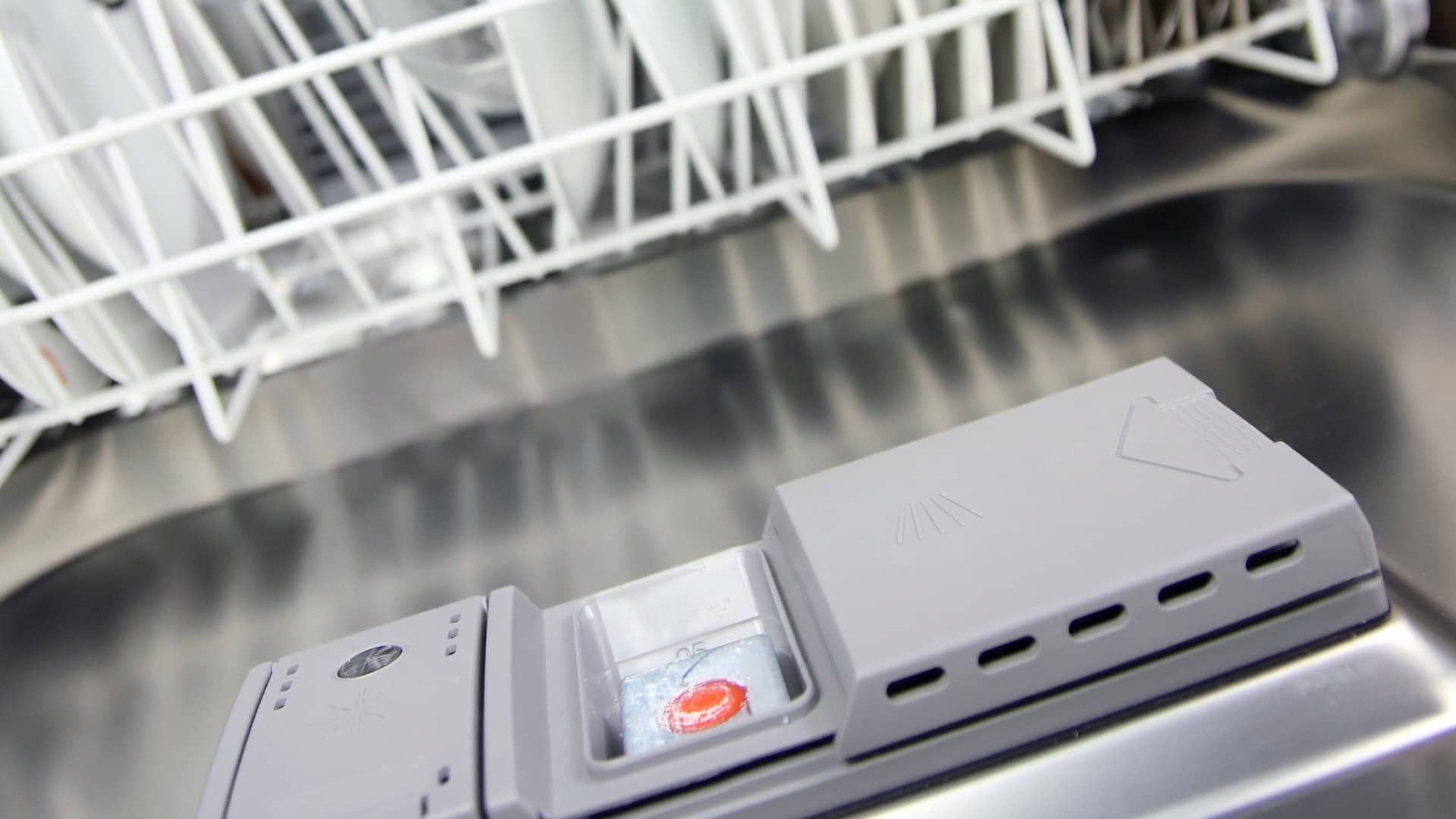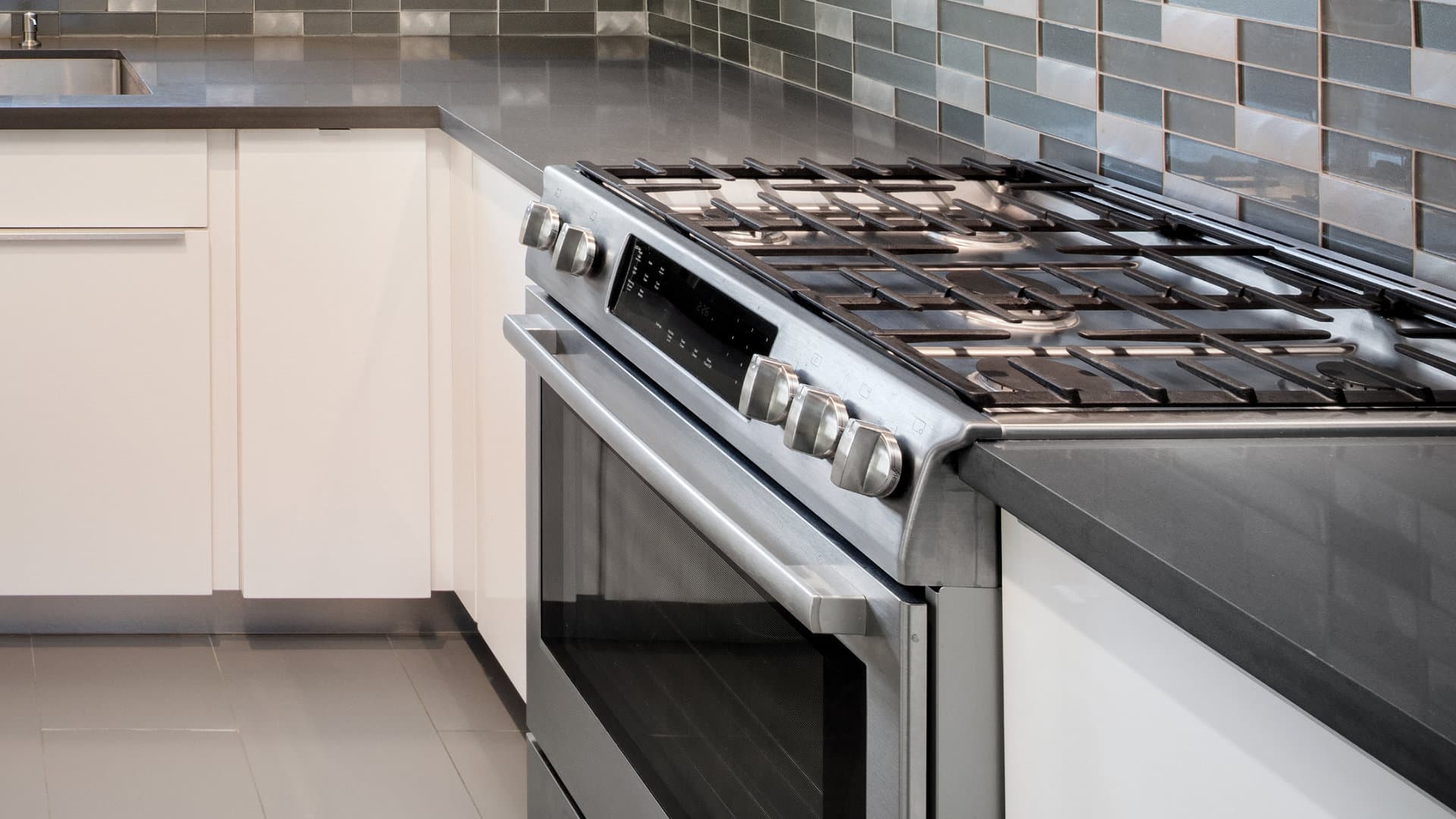
Have you ever used a self-cleaning oven? If so, you may want to think twice before doing so again. Self-cleaning ovens use high temperatures to burn off food and grease, and while this may seem like an excellent way to clean your oven, it can actually be quite hazardous. Self-cleaning ovens have a history of causing fires in homes, so it is crucial to be informed about the potential risks before using one. Before using a self-cleaning oven, read up on the associated dangers.
How Do Self-Cleaning Ovens Work?
Self-cleaning ovens have a special feature that allows them to clean themselves. The self-cleaning cycle works by heating the oven up to high temperatures— up to 900°F or higher— for several hours. Any food particles and soil inside the oven are burned and vaporized at this temperature, leaving only a thin layer of ash behind.
When the cycle is complete, the ashes can be wiped away with a damp cloth. Many self-cleaning ovens also have additional features such as a “sealing” element which helps to contain any odors that may occur during the cycle.
Here are some of the dangers that a self-cleaning oven can pose:
1. Fire Hazards
Self-cleaning ovens are an attractive convenience, but they can also pose a severe fire hazard. When these ovens use their self-cleaning function, they reach temperatures of up to 800 or 900 degrees Fahrenheit—more than hot enough to start a house fire!
Any materials left on top of the oven can quickly ignite at those high temperatures, causing a fire and potentially leading to catastrophic consequences.
Additionally, extreme temperatures can cause the heating elements or fuses to burn out, which is a costly repair job, and another fire hazard.
Always ensure there are no flammable materials in the vicinity, inspect for obvious cracks or dents in the door or glass beforehand, and never leave your home unattended during the self-cleaning cycle.
You can avoid potential disasters from self-cleaning ovens with vigilance and caution and enjoy their convenience safely.
2. Toxic Fumes
Self-cleaning ovens, while highly convenient and often advertised in a positive light, can present some concerning risks. During the self-cleaning process, burning food and grease releases a series of harsh chemicals into the air. These caustic particles can cause severe irritation if inhaled and, in extreme cases, even longer-lasting medical complications.
Make sure to ventilate your home properly during the self-cleaning cycle, or consider using alternate methods to safely accomplish the same task without health concerns.
3. Harmful to Pets and Children
Self-cleaning ovens can be a great time-saving device; however, if you have pets or young children in your home, it is important to be aware that the self-cleaning feature will release fumes that may be harmful to them. These fumes are created when the extreme heat of the self-cleaning cycle gets up to nearly 900°F and can release toxic fumes into the air that can cause difficulty breathing or other physical harm.
These fumes can irritate your furry friends’ eyes, nose, and throat. If your pet is exposed to these fumes for an extended period, they may experience symptoms such as dizziness or, in severe cases, even worse health consequences, depending on their size and breed.
If you have children, it’s essential to be aware of the potential dangers of using a self-cleaning oven. During self-cleaning cycles, ovens can release toxic fumes such as carbon monoxide and nitrous oxide, which can be dangerous to young lungs.
To prevent potential injuries, always ensure all people and animals are out of the area before beginning the self-cleaning cycle, and always ensure windows are opened for proper ventilation before, during, and after the cleaning process is finished.
4. Carbon Monoxide
It is crucial to understand that self-cleaning ovens are not as safe as they appear. Using oven cleaners or self-cleaning the oven with a high amount of grease buildup can lead to the release of hazardous fumes at extremely high temperatures, which can pose a threat to your health.
One of these chemicals is carbon monoxide, which is a colorless, odorless gas with potentially hazardous side effects such as dizziness, nausea, and lightheadedness. In severe cases, it could even lead to death due to oxygen deprivation in the body.
If you’re thinking about using your oven’s self-cleaning feature, make sure you thoroughly ventilate the room or, better yet, have a carbon monoxide detector installed in case of an emergency. These simple precautions can help ensure your safety while using a self-cleaning oven!
5. Damage to the Oven Itself
Self-cleaning ovens use extremely high temperatures— up to 900°F or higher— during their cleaning cycle, which can be detrimental to some oven components. For example, these temperatures can damage door seals, heating elements, and non-stick coatings on cookware.
Additionally, the extreme heat may warp or melt metal parts inside the oven. Therefore it is important to ensure that only materials that can withstand such temperatures are left in the oven while it is running its self-cleaning cycle.
Keep Yourself and Your Family Safe
It is essential to exercise caution when using self-cleaning cycles, as improper use can result in dangerous outcomes. Before activating the self-cleaning cycle, all racks and shelves must be removed to ensure safe operation. Furthermore, removing any uninsulated materials, such as plastic utensils or aluminum foil, is advisable, as they may melt or ignite during the cycle. Finally, it is important to use non-flammable cleaning supplies to wipe away the ashes after the cycle to avoid the risk of fire.
Although self-cleaning ovens are a convenient feature, it is important to be aware of their potential hazards. To avoid accidents, make sure to carefully follow the manufacturer’s instructions if you have a self-cleaning oven. During the cleaning cycle, keep the oven surface clear and make sure the kitchen has adequate ventilation. Additionally, removing pets and small children from the kitchen is advisable to protect their health during the self-cleaning cycle.
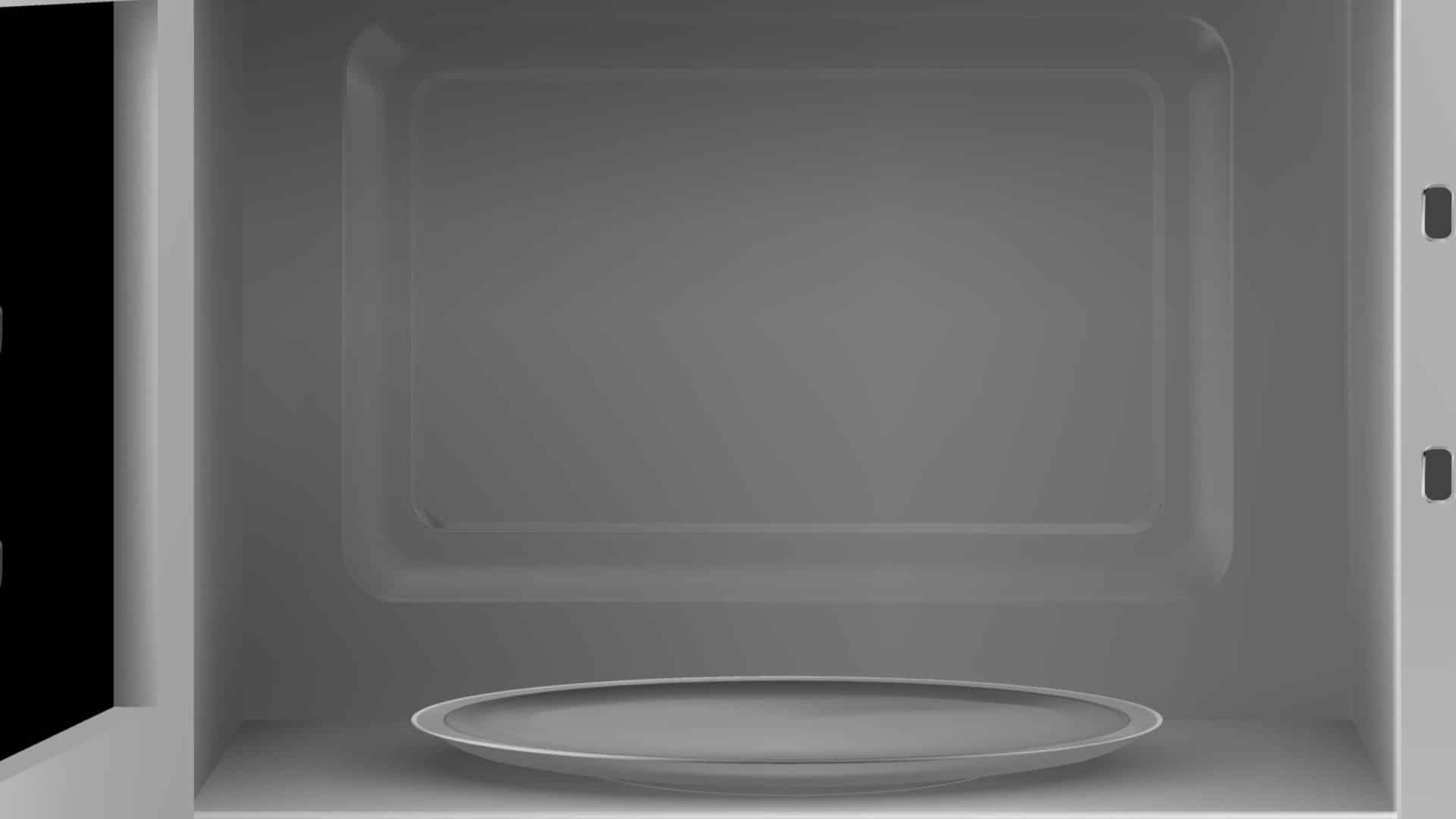
How to Fix a Microwave Door That Is Loose or Broken
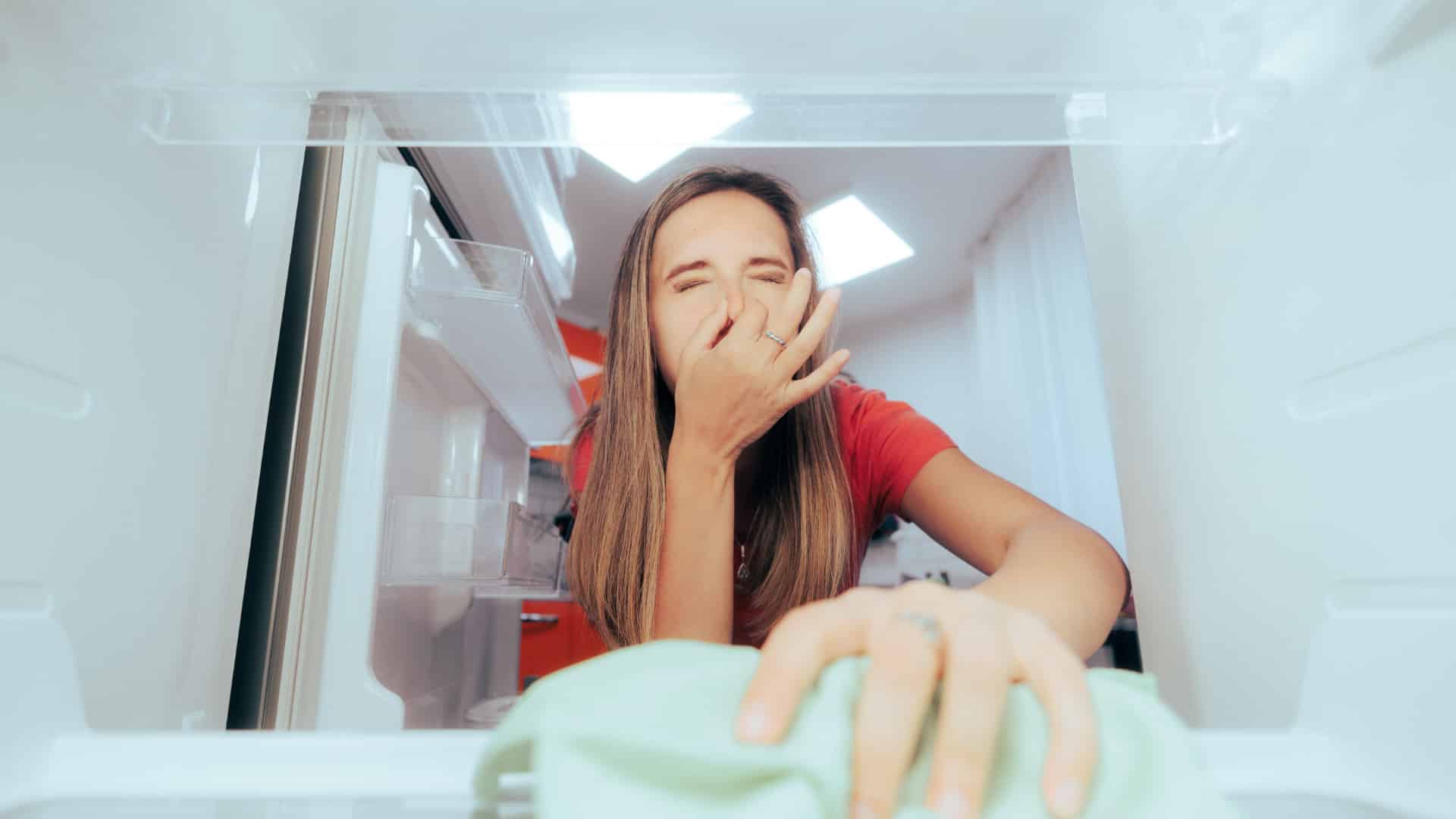
How to Clean a Smelly Refrigerator Quickly
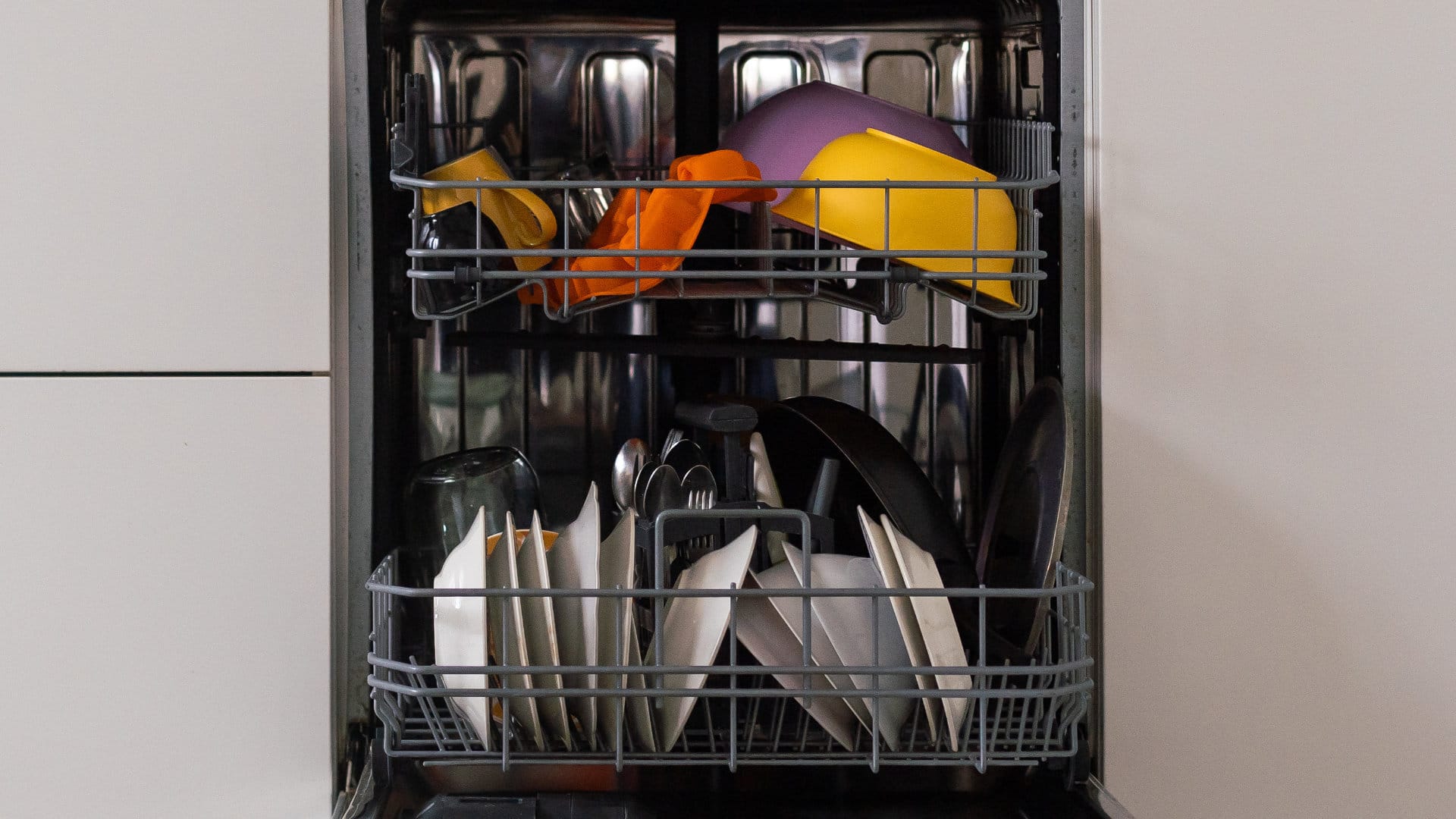
Troubleshooting LG Dishwasher OE Error Code: Causes and Solutions
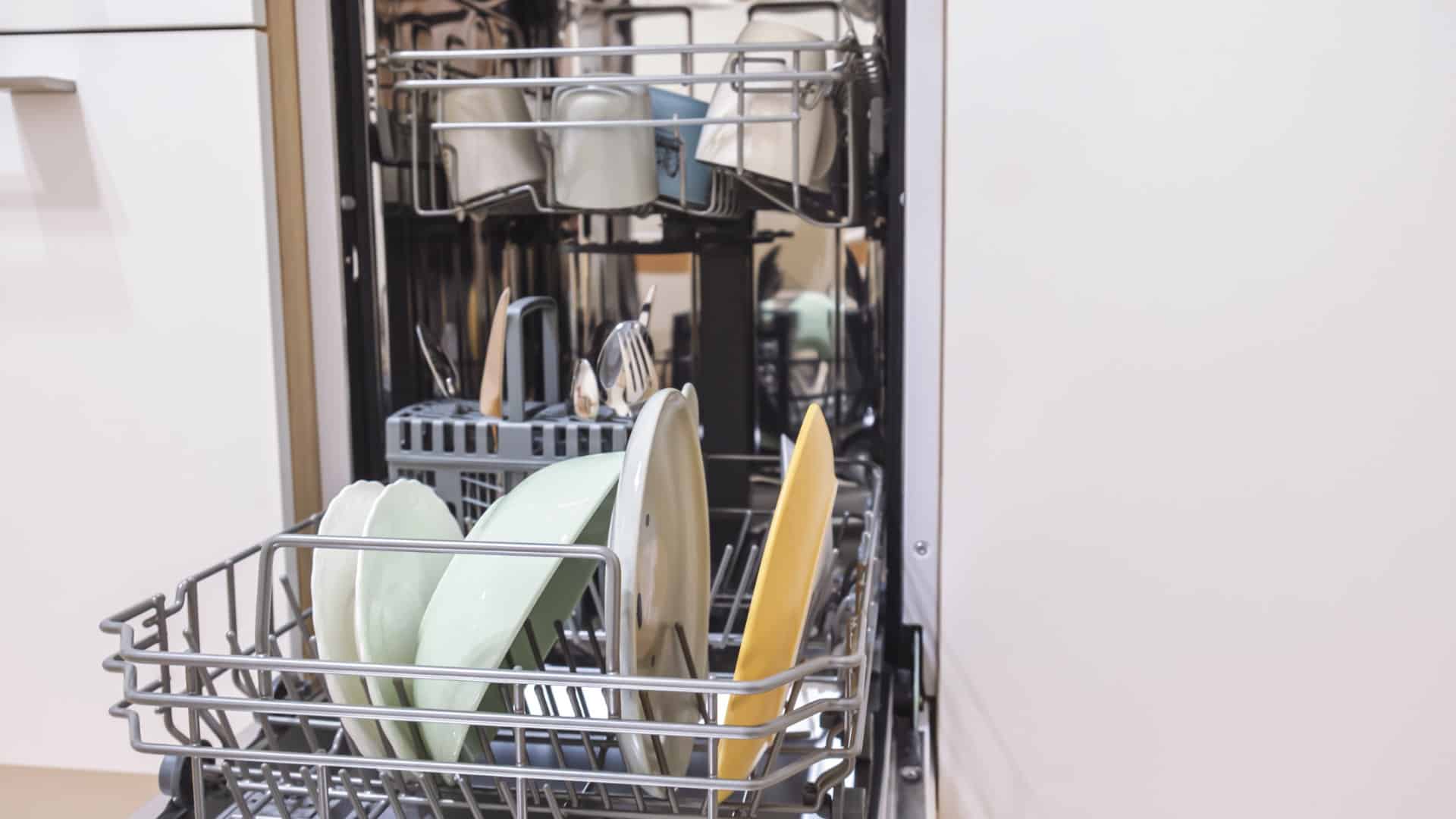
How to Fix an Amana Dishwasher Not Drying
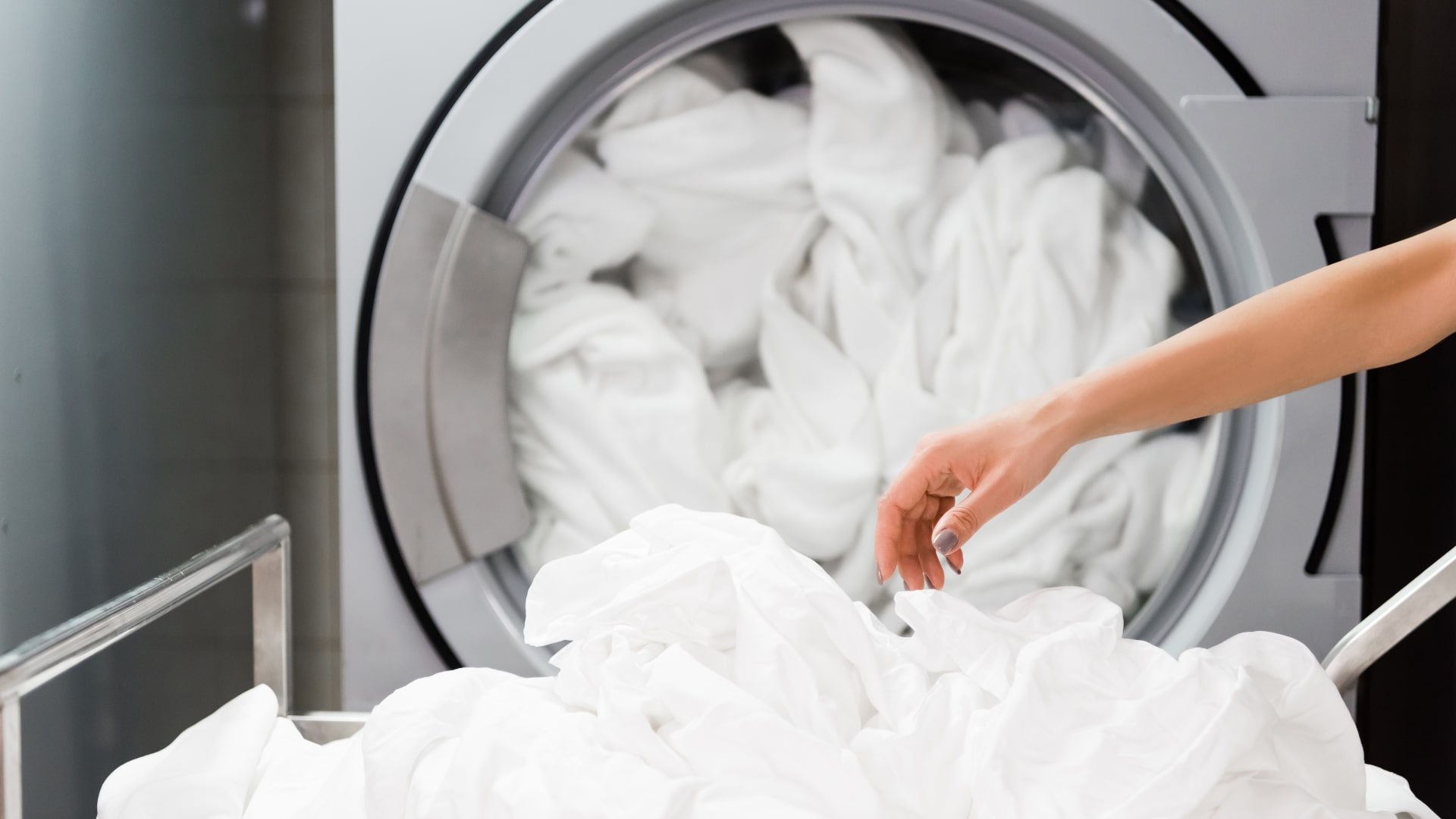
How to Dry Bedsheets in the Dryer
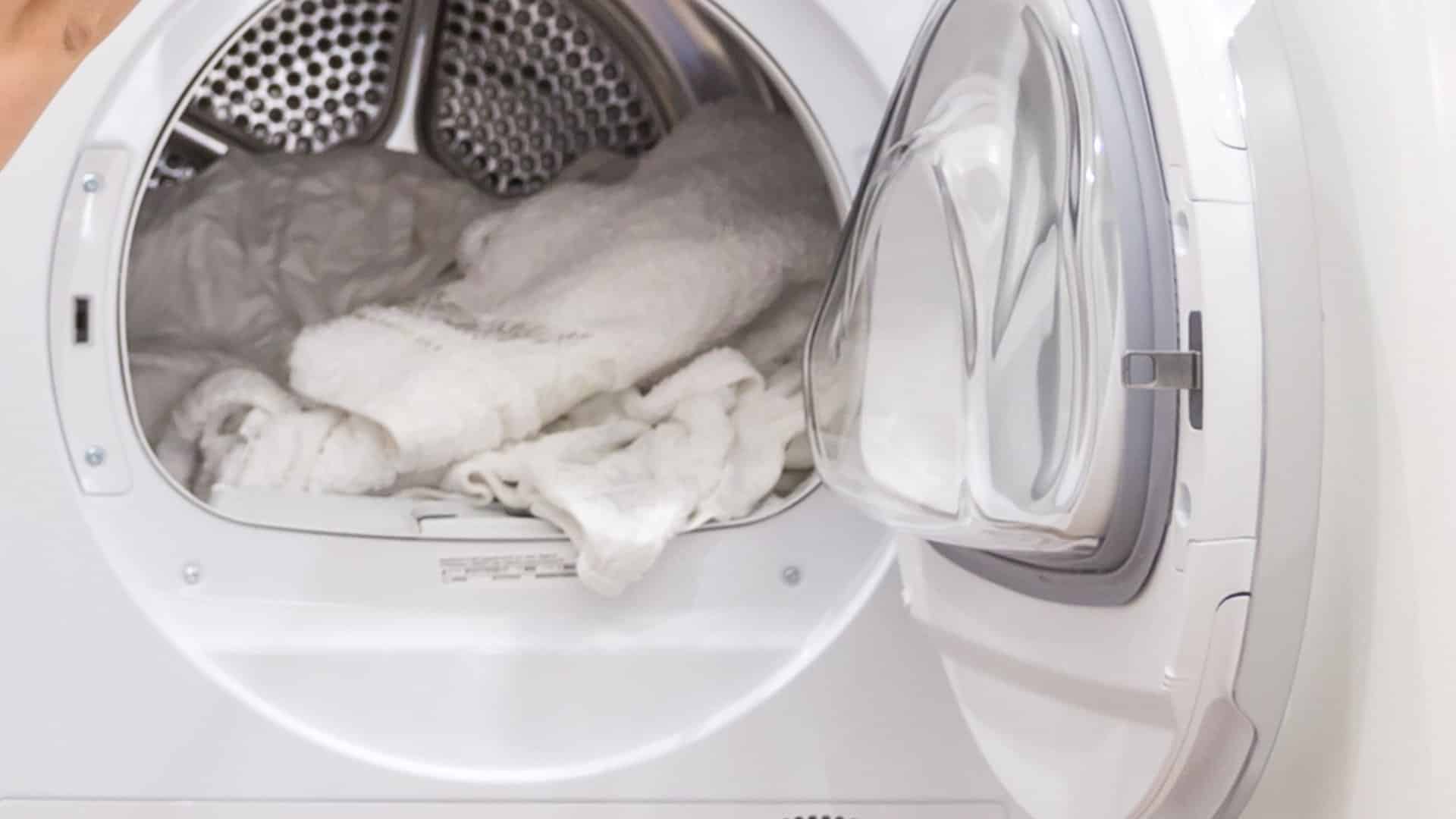
Dryer Won’t Start? Common Reasons And Solutions

5 Dangers of Self-Cleaning Ovens
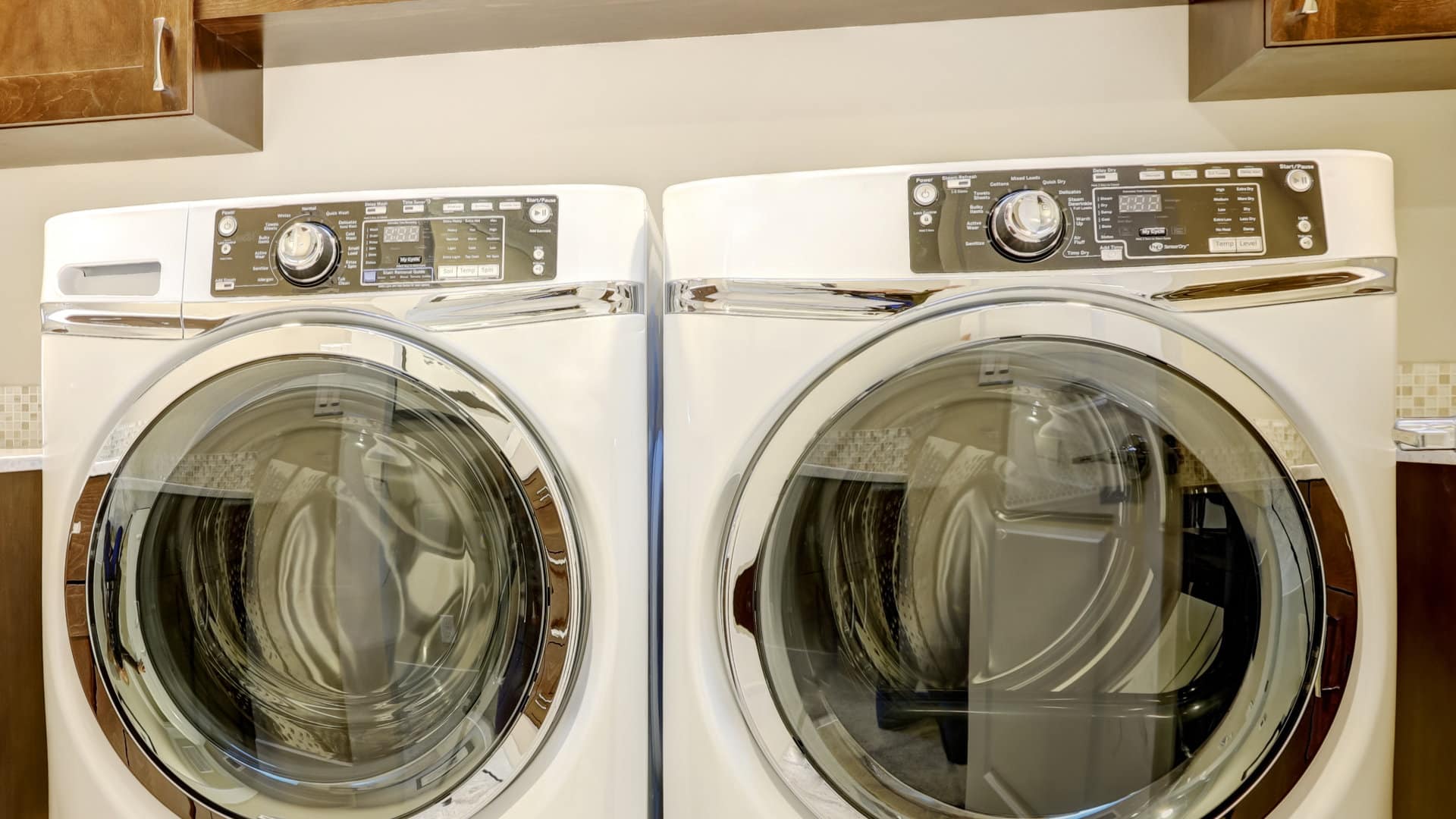
How to Replace a Washing Machine Faucet
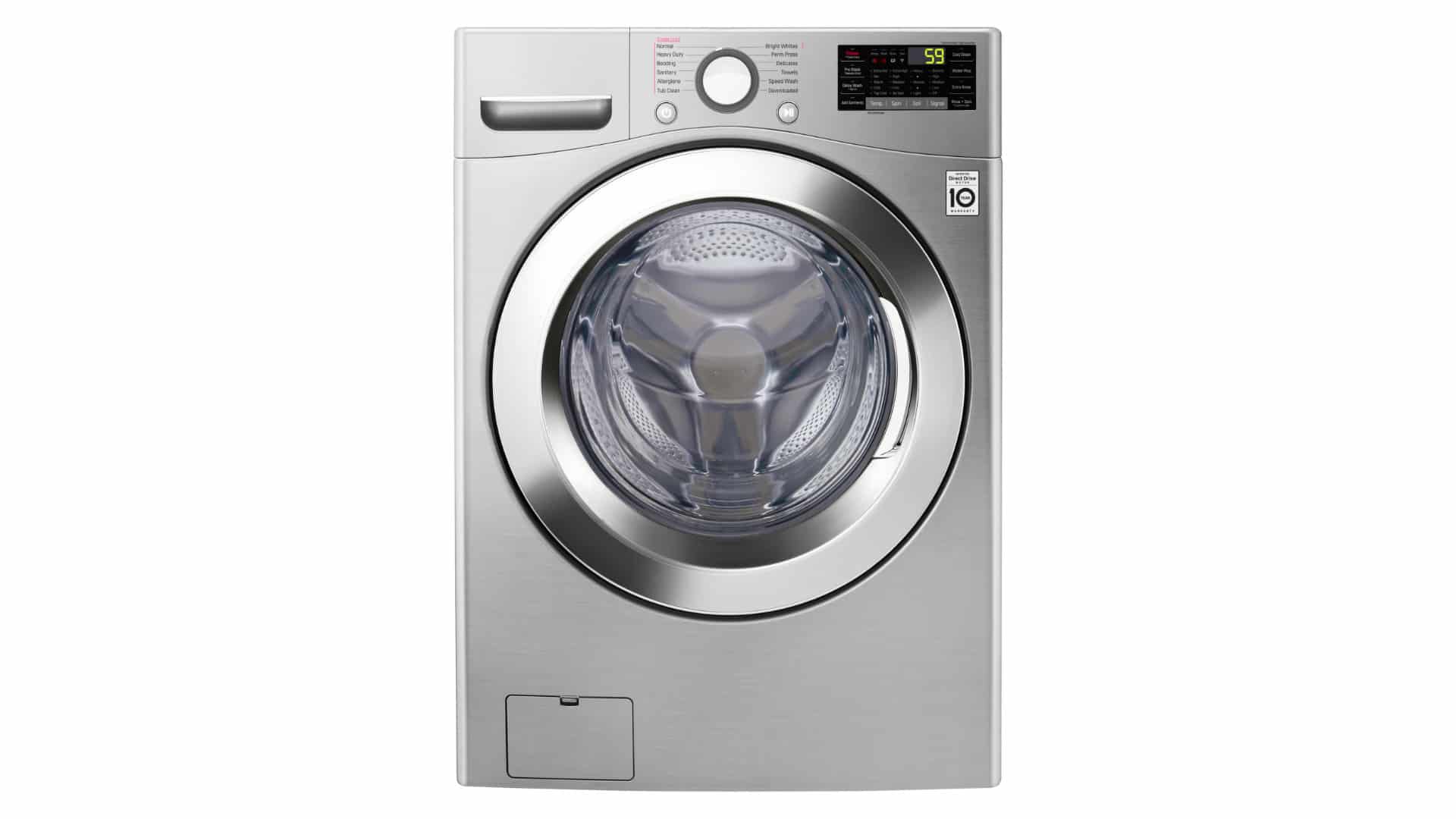
LG Washer Error Code UE Explained
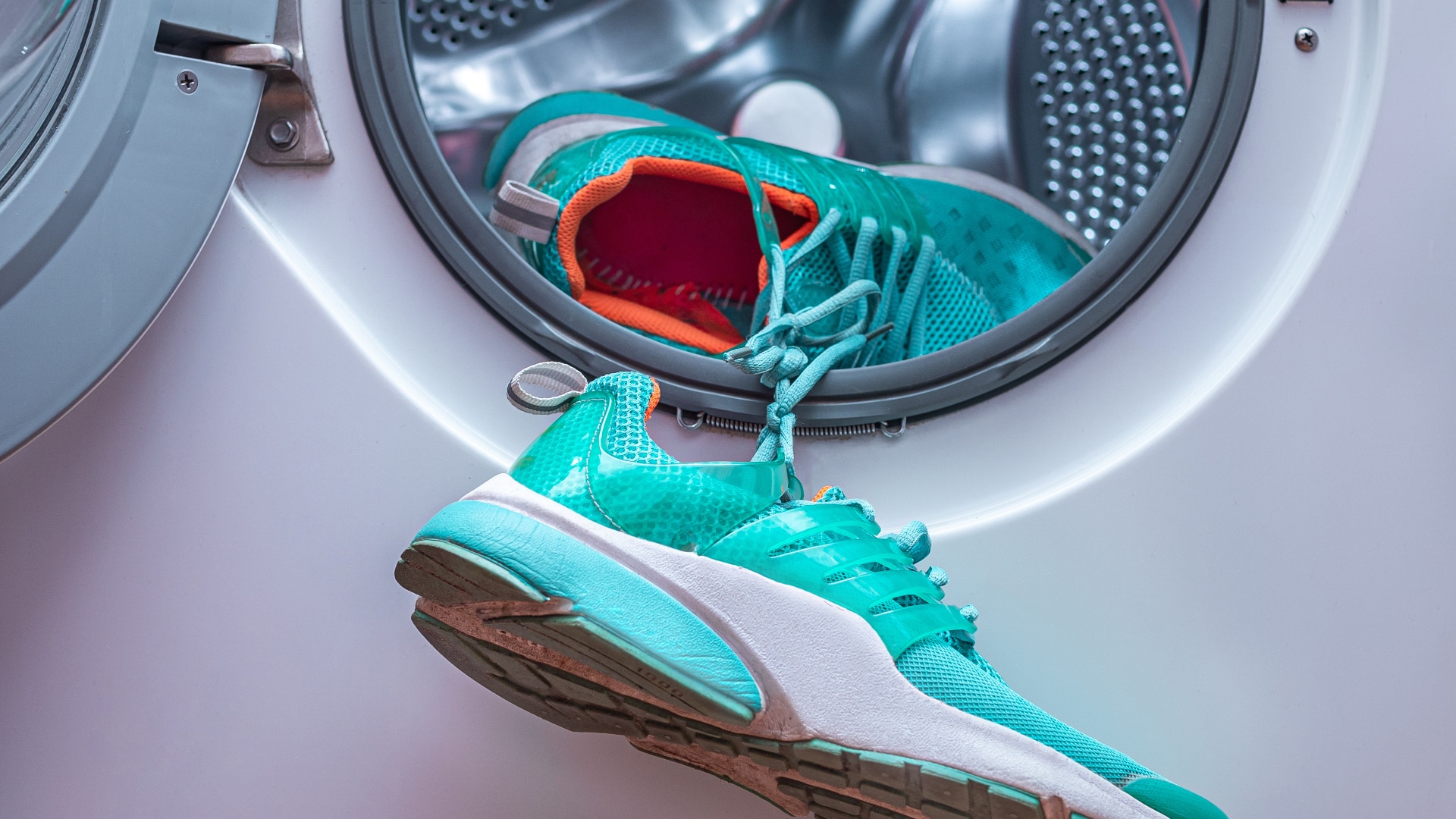
How To Wash Shoes in The Washing Machine
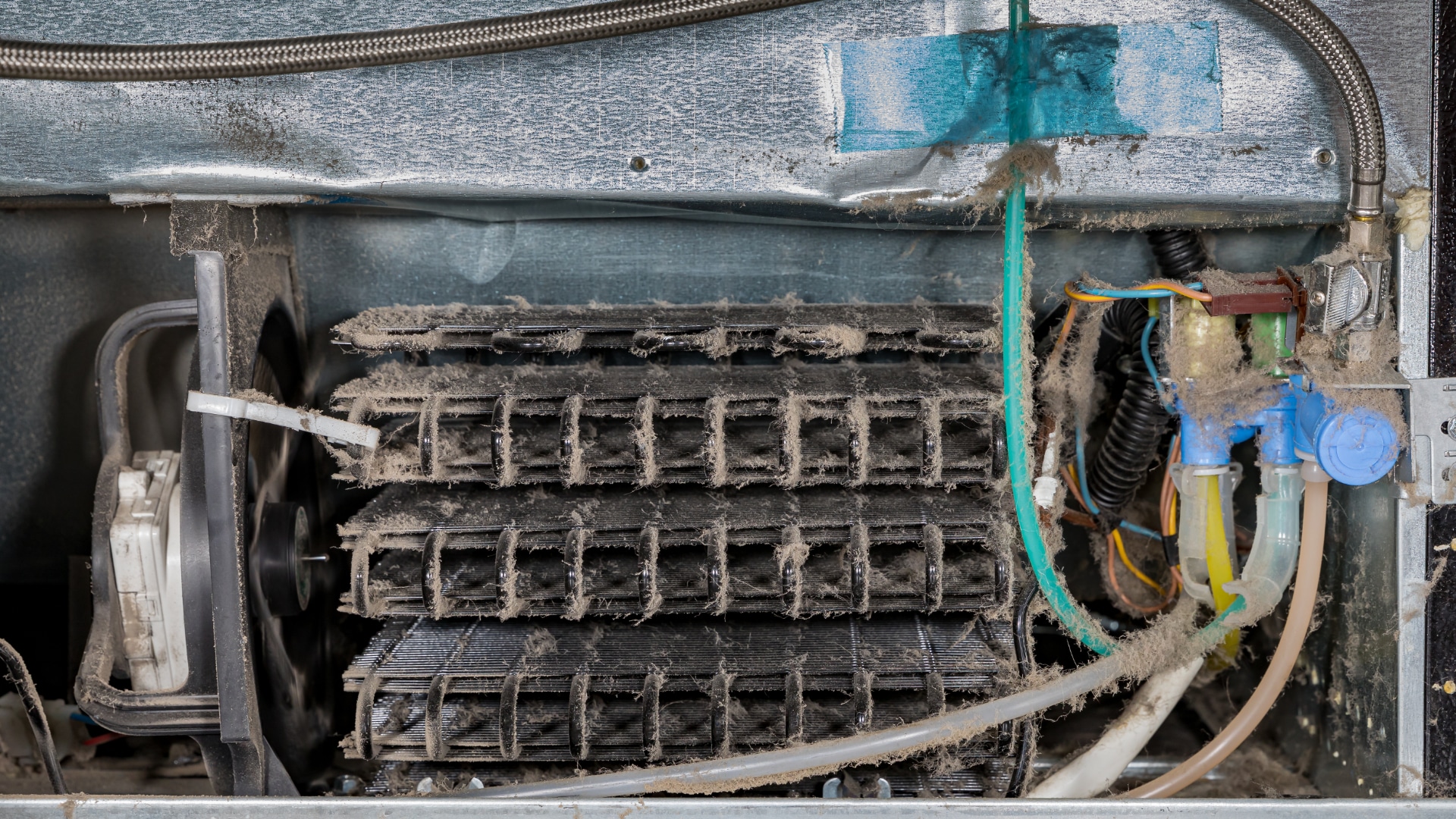
How To Clean Refrigerator Coils

LG Ice Maker Tray Not Turning? How To Fix It
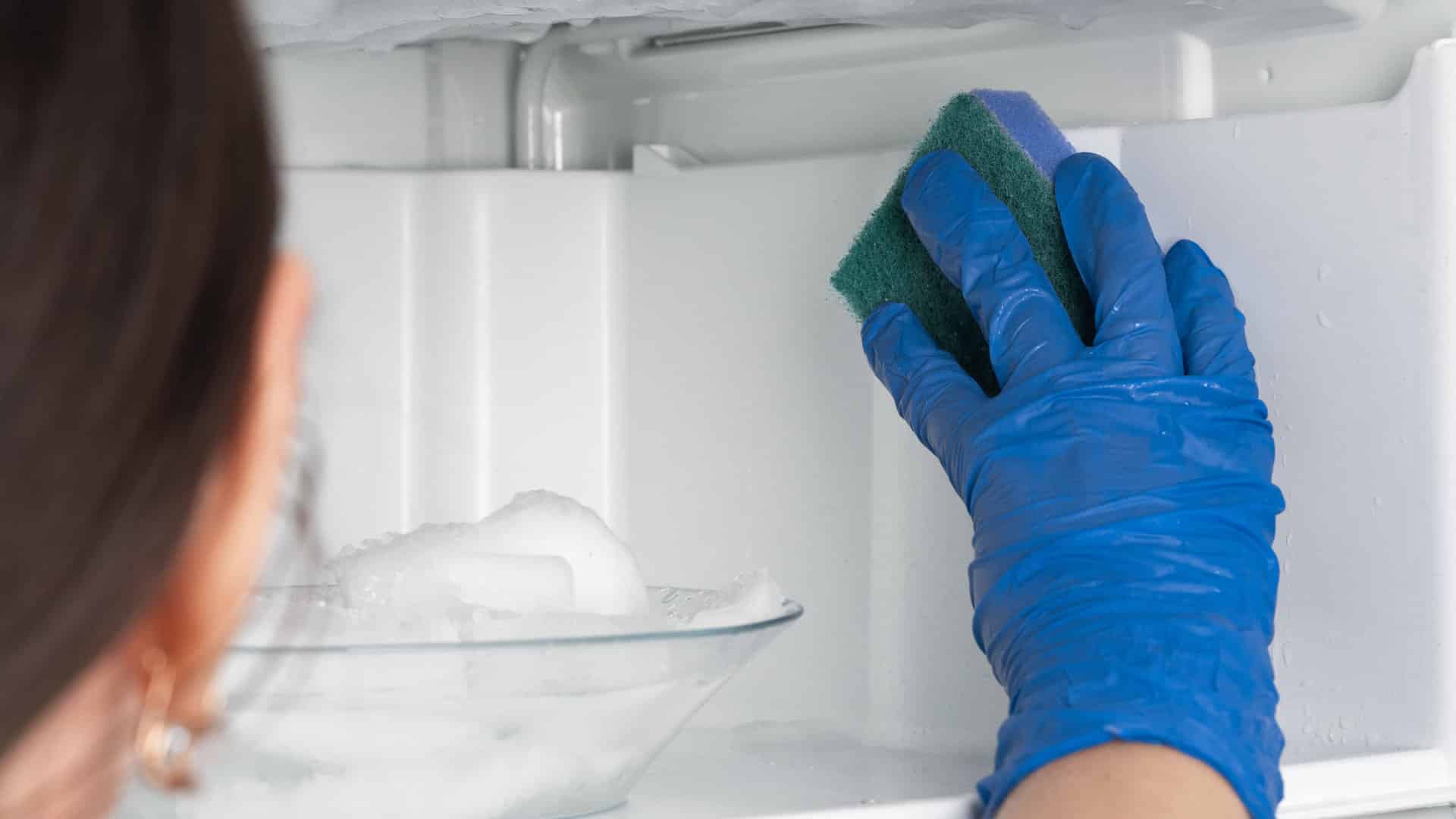
How To Clean a Freezer (in 5 Steps)
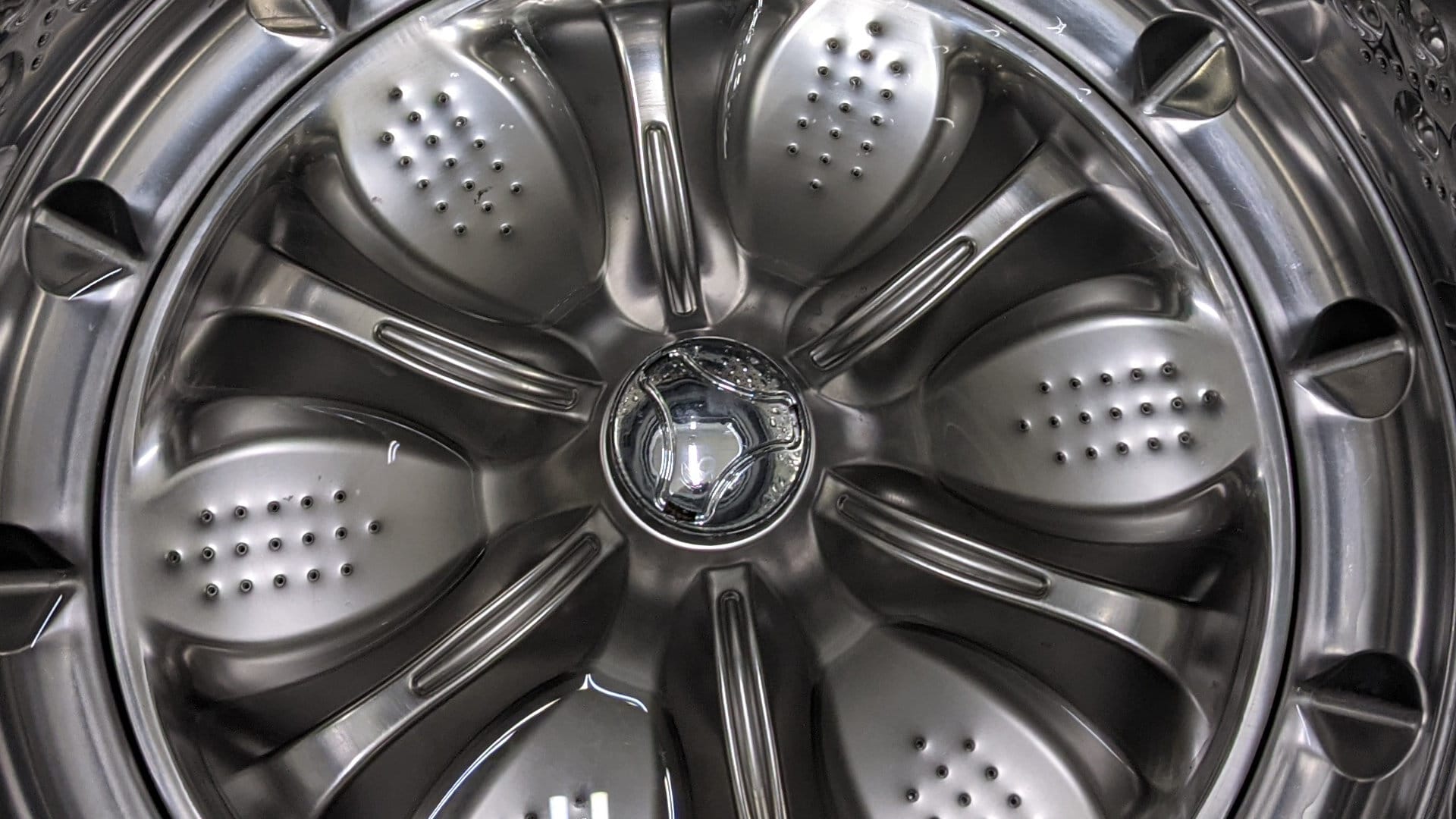
Samsung Washer Error Code SC: How To Fix It
